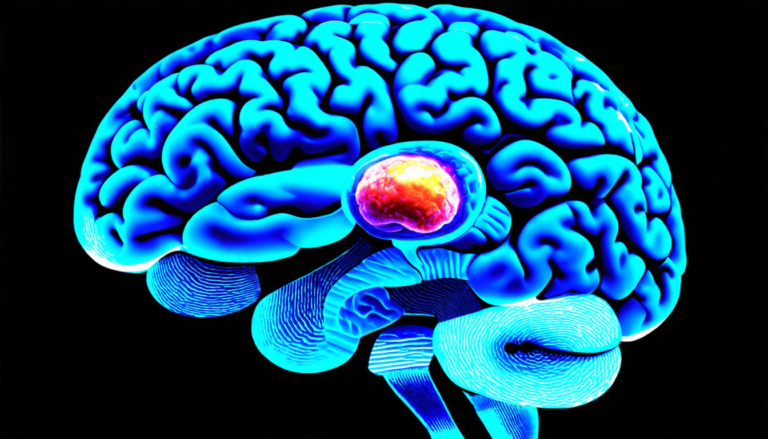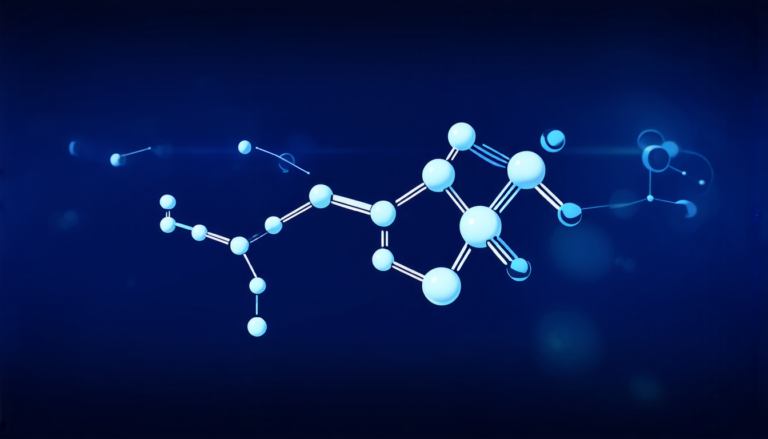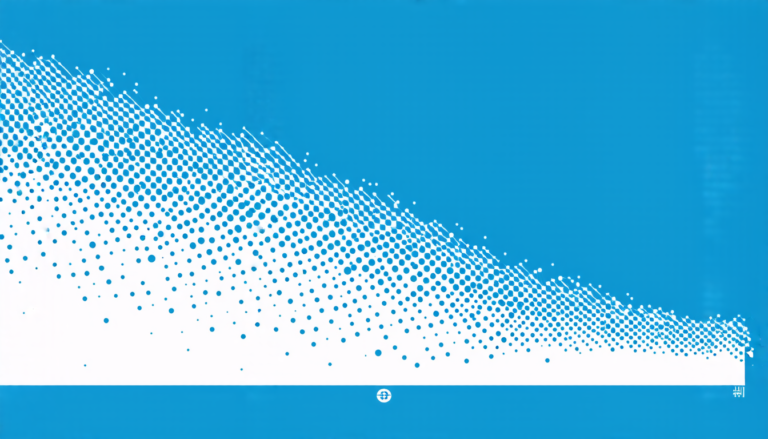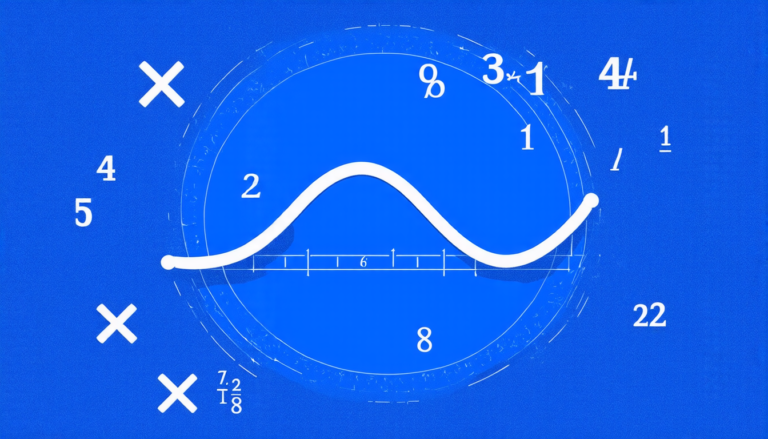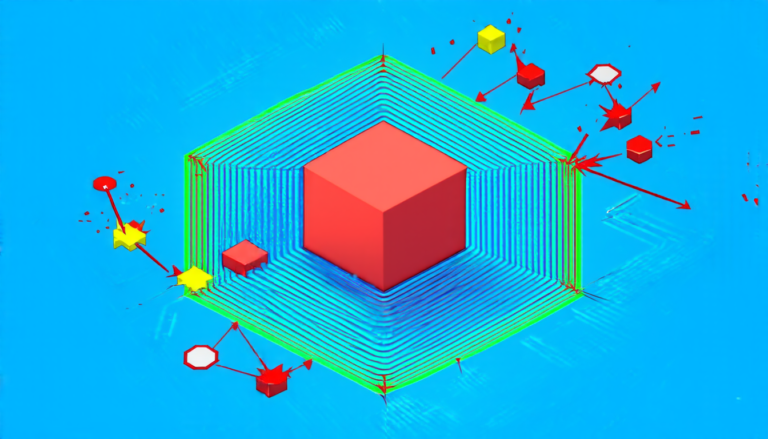Thursday 10 April 2025
Mathematicians have long been fascinated by the intricacies of randomness and probability. One area that has garnered significant attention is the study of random walks, where particles or objects move in a seemingly chaotic manner. A recent paper delves into the properties of these random walks on complex mathematical structures called groups.
A group is essentially a set of elements with certain rules governing how they can be combined. For instance, addition and multiplication are both examples of groups, where you can add or multiply numbers to get new results. In the context of random walks, mathematicians consider the movement of particles within these groups. The path that each particle takes is unpredictable, making it a perfect model for understanding randomness.
The researchers in this paper focus on a specific type of group called hyperbolic groups. These groups are characterized by their unique properties, such as having infinitely many ends or being negatively curved. To understand what this means, think of a tree with an infinite number of branches. Each branch represents an end, and the overall structure is said to be negatively curved because it deviates from the typical curvature of space.
The team uses mathematical techniques to analyze the behavior of random walks on these hyperbolic groups. They discover that certain properties of the group, such as its geometry and algebraic structure, have a profound impact on the randomness of the particles’ movements. Specifically, they find that the harmonic measure, which describes the probability distribution of the particles’ positions, is affected by the group’s properties.
One fascinating aspect of this research is the connection to other areas of mathematics and physics. The study of random walks in hyperbolic groups has implications for our understanding of chaos theory, where tiny changes can lead to drastically different outcomes. It also sheds light on the behavior of particles in certain physical systems, such as those exhibiting fractal patterns.
The findings of this paper have significant mathematical implications, revealing new insights into the properties of random walks and their connection to group theory. The research also opens up avenues for further exploration, allowing mathematicians to delve deeper into the mysteries of randomness and probability.
Ultimately, this study highlights the intricate dance between mathematics and physics, where seemingly abstract concepts can have profound impacts on our understanding of the natural world. As researchers continue to probe the boundaries of mathematical knowledge, they may uncover even more surprising connections and insights that challenge our understanding of reality.
Cite this article: “Unveiling the Secrets of Compound Stationary Measures in Hyperbolic Spaces”, The Science Archive, 2025.
Random Walks, Probability, Groups, Hyperbolic Groups, Geometry, Algebraic Structure, Harmonic Measure, Chaos Theory, Fractal Patterns, Group Theory
Reference: Behrang Forghani, Vadim Kaimanovich, “Singularity of compound stationary measures” (2025).


